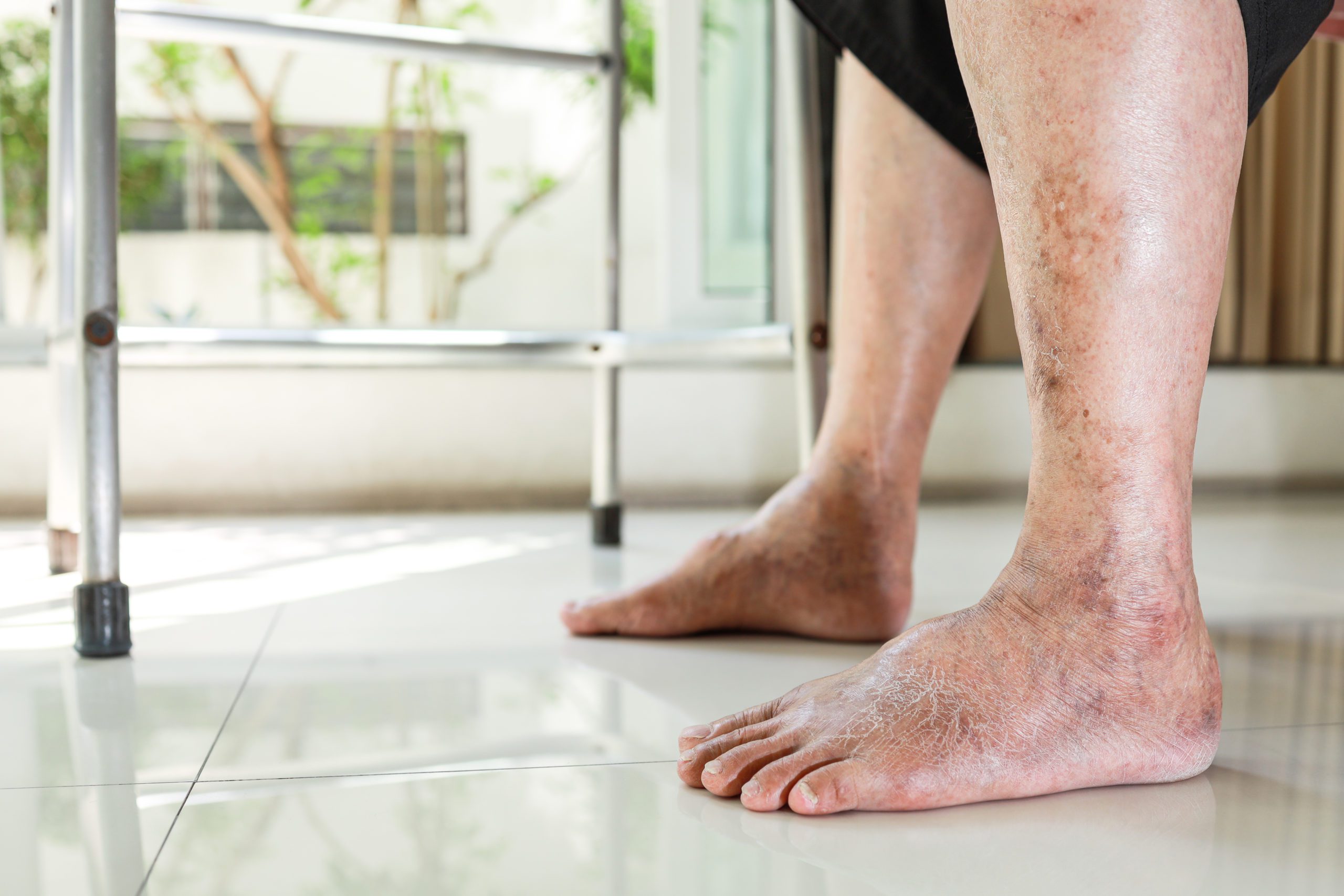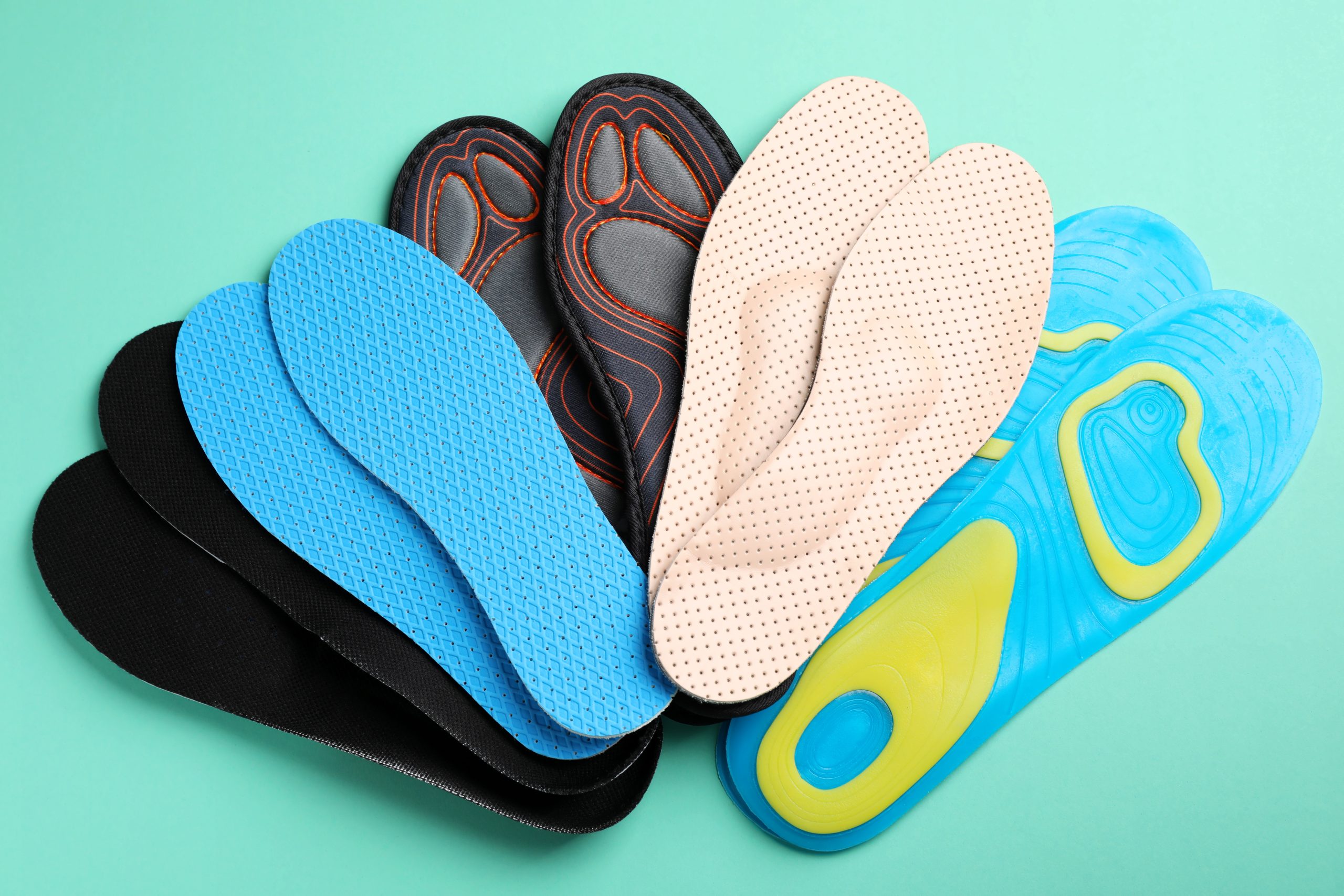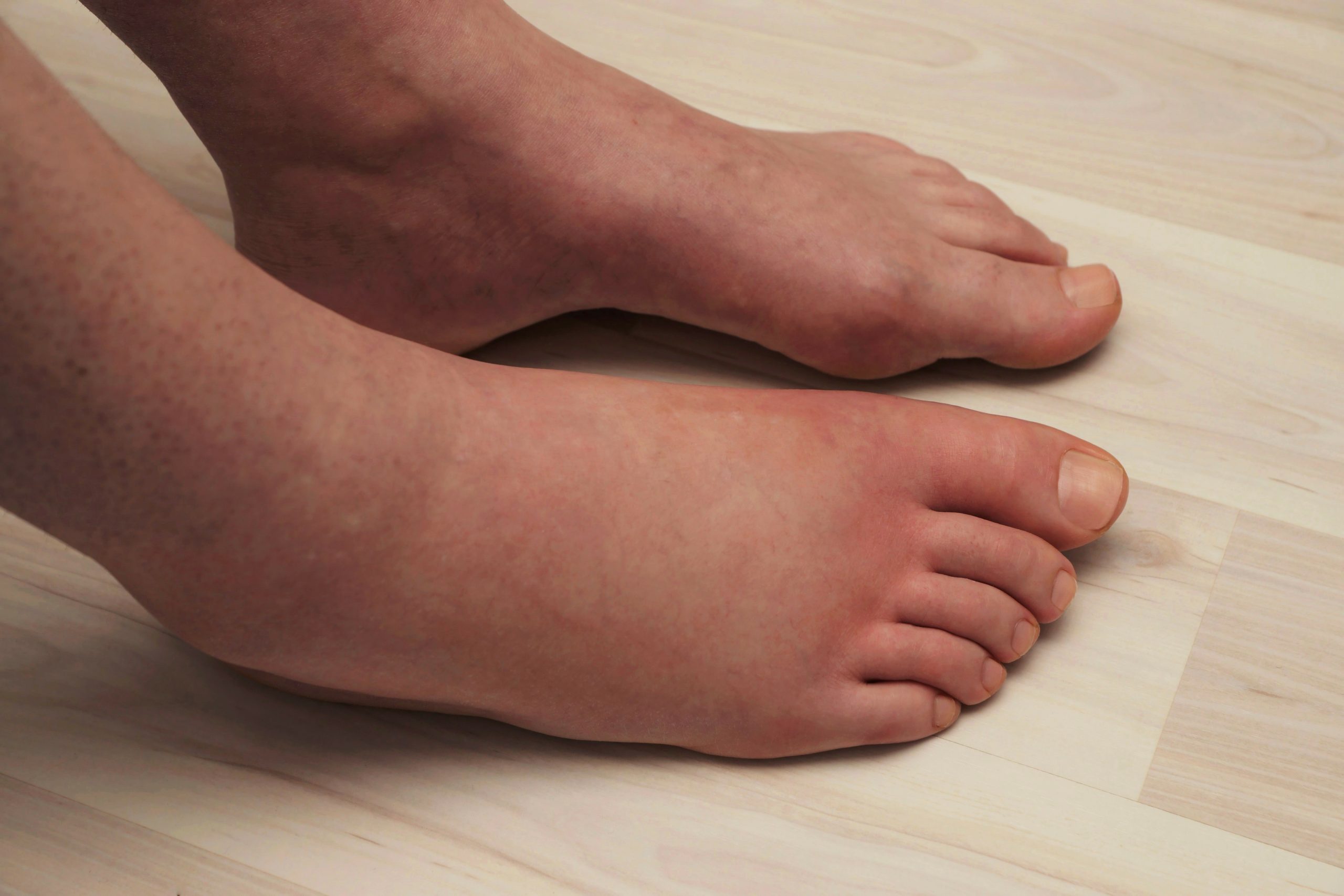If you have diabetes, you know that managing your condition is a daily task. One aspect of diabetes management that is often overlooked is the importance of finding the right footwear. With diabetes, your feet are at a higher risk for complications such as nerve damage, poor circulation, and infection. Finding the right shoes can help with these complications, and has the potential to make your daily life more comfortable.
In this guide, we will go over the ins and outs of diabetes and footwear, including the role of a podiatrist, technologies that can help you, and tips for finding the right fit. We’ll also take a look at some of the best footwear options for people with diabetes, so you can make an informed decision when it comes to your footwear choices. By the end of this guide, you’ll have all the information you need to make sure your feet are properly taken care of, and you can focus on managing your diabetes in the best way possible.
Understanding diabetes and how it affects your feet.

First, it’s important to understand that diabetes is a condition where your body is unable to properly process sugar. This can lead to high blood sugar levels and a host of health issues, including damage to your feet. This is because high blood sugar can cause damage to the nerves in your feet, making them less sensitive to pain and temperature changes. It can also cause poor circulation, making it harder for cuts or blisters to heal.
When it comes to your feet, a key thing to keep in mind is that you want to protect them from further damage. This means keeping them clean and dry, and checking them regularly for any signs of injury or infection. It also means being mindful of the footwear you choose. Avoid shoes that are too tight, as they can constrict blood flow and put added pressure on your feet.
Look for shoes that have a wide toe box and a comfortable fit, as well as good arch support. Avoid high heels and shoes without a back, as they can throw your body weight forward and cause more pressure on the front of your foot. We’ll go into detail on why fit is important a bit later on.
Peripheral neuropathy.
One of the most significant ways that diabetes can affect your feet is through neuropathy, which is a loss of sensation. This can make it challenging to know if your shoes fit correctly and are causing any rubbing or blisters, leading to more severe symptoms. Additionally, neuropathy can also cause your feet to be hypersensitive, making any pain from rubbing even more pronounced. It’s crucial to pay attention to the fit of your footwear when managing diabetes to prevent any complications.
Why fit is the single most important thing for diabetes.
The reason the fit of your footwear is so important is because you are at a higher risk of developing foot-related complications. A lack of quality blood supply can result in the nerves in your feet not working properly – which means that if you have any cuts, sores, or friction caused by your footwear, you may have problems with them healing. You may not even know they have happened in the first place.
Moreover, any form of damage, change to the skin or shape of the foot, can lead on to a loss of surface skin, wounds, and foot ulcers forming. For those who have neuropathy, you may not be able to feel whether your shoes are uncomfortable, or if they are causing damage. You should always seek professional advice when buying footwear for diabetes, as there are many factors to consider.
At ShoeFit.uk, we offer a free personal shopping appointment service, where you can have a chat with us and be recommended some styles based on your personal needs and requirements.
We’ll do everything we can to ensure the shoes fit well and are less likely to cause further damage or discomfort.
The role of a podiatrist.
If you have diabetes, a podiatrist plays a vital role in your foot health. A podiatrist will be able to assess and treat any foot complications, check for signs of deformities, check sensation and circulation in your feet, and recommend necessary treatments. They can also evaluate your footwear and make sure that it is appropriate for your feet and any other foot conditions you may have.
We’d highly recommend seeing a podiatrist if you are concerned about your foot health, either because of diabetes or any other condition that is affecting your lower limb health.
Footwear innovations for diabetic feet.
In our years of experience fitting shoes for people with diabetes, we have come across some innovative technologies that are specifically designed to support and protect your feet, and can be helpful when it comes to managing your diabetes. In this section of the blog, we will be highlighting some of these technologies and the benefits they offer for people with diabetes.
Stretch leather.

Xsensible Stretchwalker styles feature a super soft and stretchy piece of leather in the upper, that can stretch up to 70% in width and 30% in length. We’ve found it to be particularly good for people with Diabetes as it gives their feet plenty of room to breathe while allowing them to still function correctly. The softness of the material also means that your feet are less likely to rub against the roof of the shoe which can lead to blisters, ulcers, and ultimately, nasty infections that can have pretty severe implications.
The great part about Xsensible Stretchwalker styles is that they provide your feet with a stable environment with a solid & secure feet, but still offer plenty of width and depth.
We do have other stretch shoes available from brands like Waldlaufer, though they do not offer the same robust design as Xsensible footwear. Waldlaufer are a great option if you are doing more light activity, or live in a care home and will not spend much time outside. Waldlaufer’s stretch upper is made from a soft fabric, so it will feel amazing over your feet but might not necessarily stand up too well if you want to get out and about.
Fastening opens fully.

Footwear that can be opened fully are great options for people with diabetes as they can help to reduce the risk of foot injuries and complications caused by struggling to put on or take off shoes. One such brand is Friendly Shoes, where their footwear have the appearance of a regular shoe but feature an unique zip that allows it to open up, making it easy to slide your feet in and out. This can be especially beneficial for those with diabetes who may experience swelling in their feet, making traditional shoe-tying or slipping on difficult. The zip can also help with any dexterity issues, as you do not have to fiddle around with laces.
Tips for finding The right fit.
When it comes to finding the right fit for footwear, it’s especially important for people with diabetes. Properly fitting shoes can help to prevent foot complications and ensure overall foot health. Here are some tips to help you find the right fit for your feet…
Understand what size you are.
If you can’t get to a shop to be measured by a trained shoe-fitter, try using our fitting assistant. It converts a few centimetre measurements into accurate shoe recommendations, along with the size we’d suggest ordering. You might need someone to help you get the measurements, but it’s a great alternative to being physically measured in a shoe shop if you’re unable to get to one.
Chat with us.
If you’re unsure what you need, we’ve done it a thousand and more times. Booking a personal shopping appointment with us means we can have a chat with you, see your feet, and make some personalised recommendations.
Check your existing footwear.
Look for obvious signs that you’re wearing the wrong size. For example, if you have been wearing one size for the last 10 years but they feel too small, and there are bulge marks all over the shoe, it’s a sign that your feet may have changed shape recently and that size no longer fits your feet correctly. Whether you have foot-health conditions or not, it’s important to be mindful that our feet will continue to change shape throughout our lives.
Consult a podiatrist.
A podiatrist can assess your feet and help guide you towards footwear that will be suitable for your feet, and any foot conditions you may have. They can also advise you on any orthotics or inserts that may be necessary to provide you with additional support.
Final thoughts.
When it comes to managing diabetes, the fit of your footwear is crucial. Not only does the right fit prevent the development of serious complications such as ulcers and blisters, but it also helps to manage symptoms such as neuropathy. It’s important to work with a podiatrist or a professional fitter to find the right shoes for your feet.
At ShoeFit.uk, we offer a free personal shopping appointment service and a fitting assistant on our website to help you find the best option for your feet.
Remember to regularly check your footwear for signs of wear and tear, and to replace them if necessary. Don’t hesitate to reach out to us for help, as we’re here to support you in finding the perfect fit.








